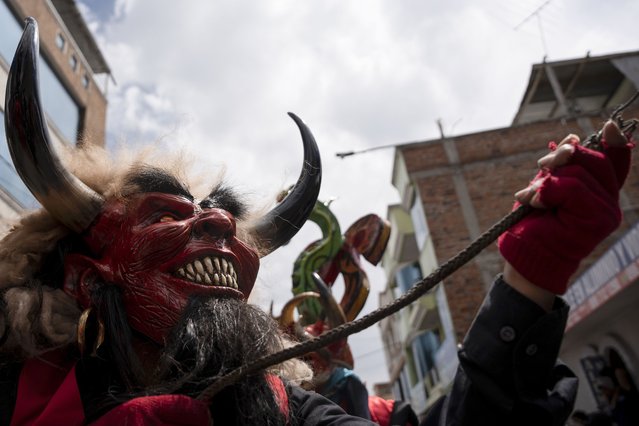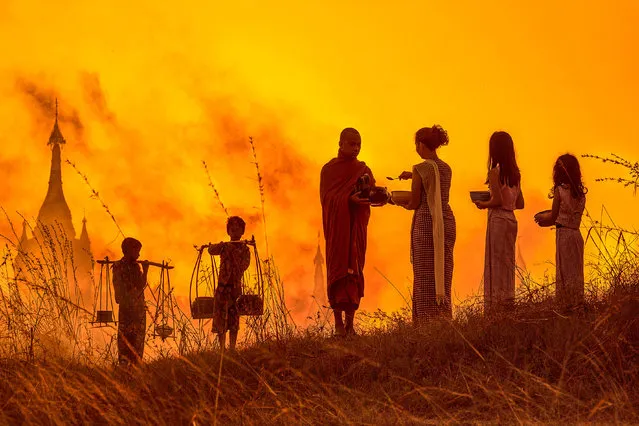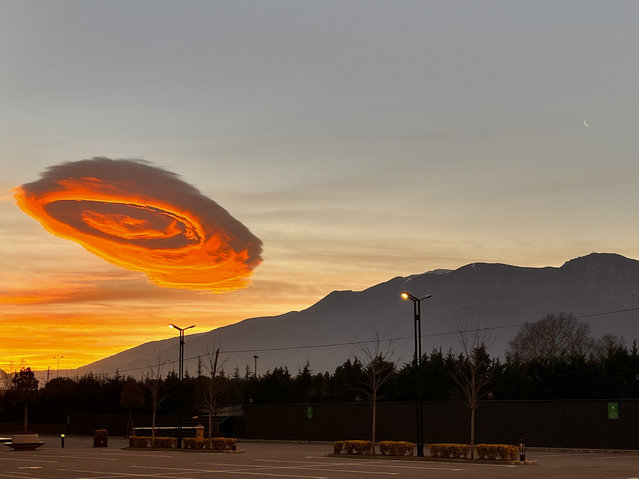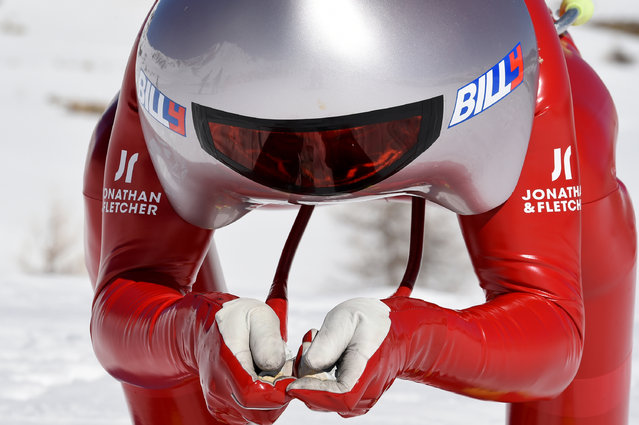
Wearing a devil mask, a reveler dances through the streets during the “Diablada de Pillaro”, or the Devils of Pillaro festival, to send out the old year and bring in the new, in the Andean town of Pillaro, Ecuador, January 1, 2024. (Photo by Carlos Noriega/AP Photo)
06 Mar 2025 03:20:00,post received
0 comments







